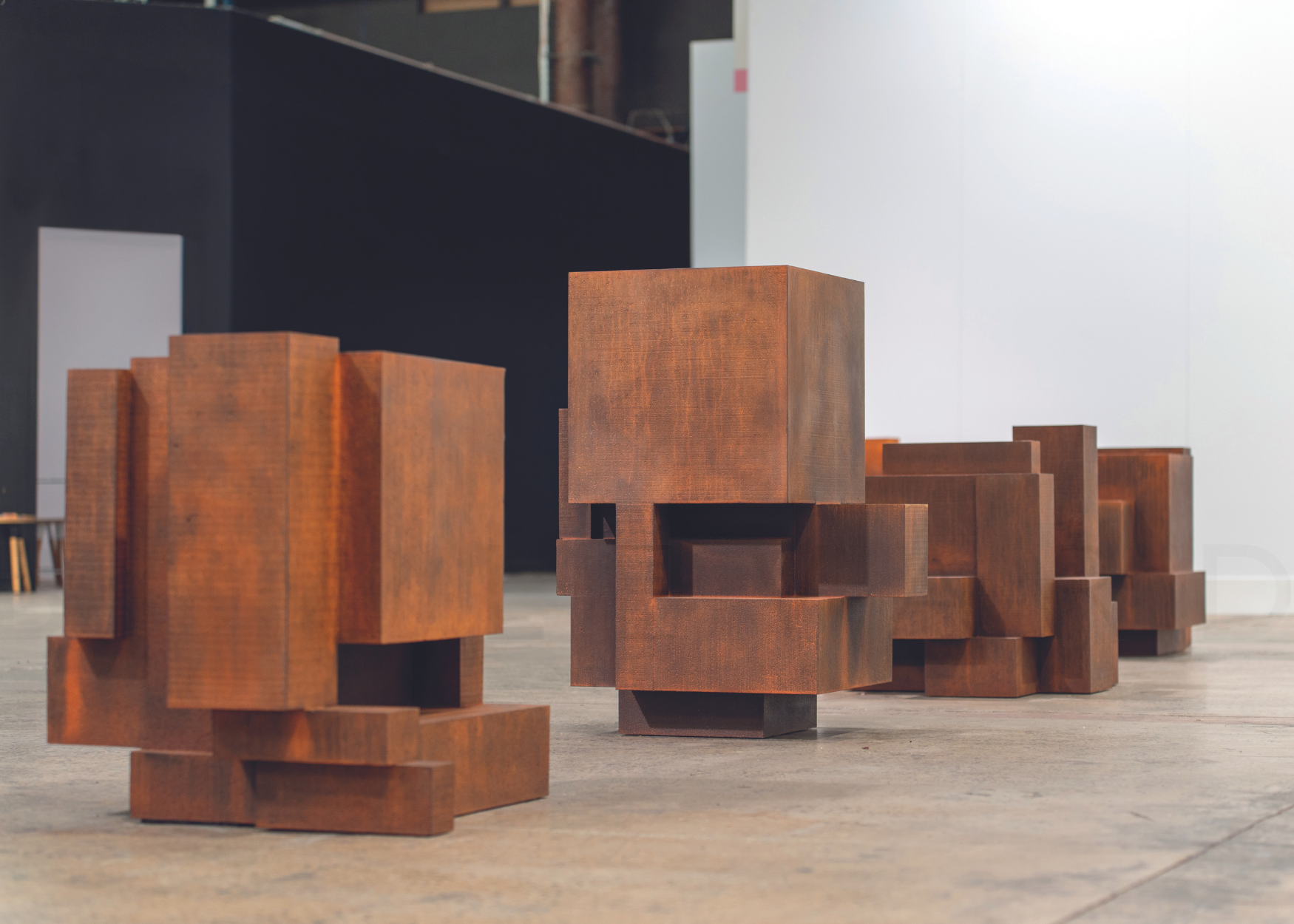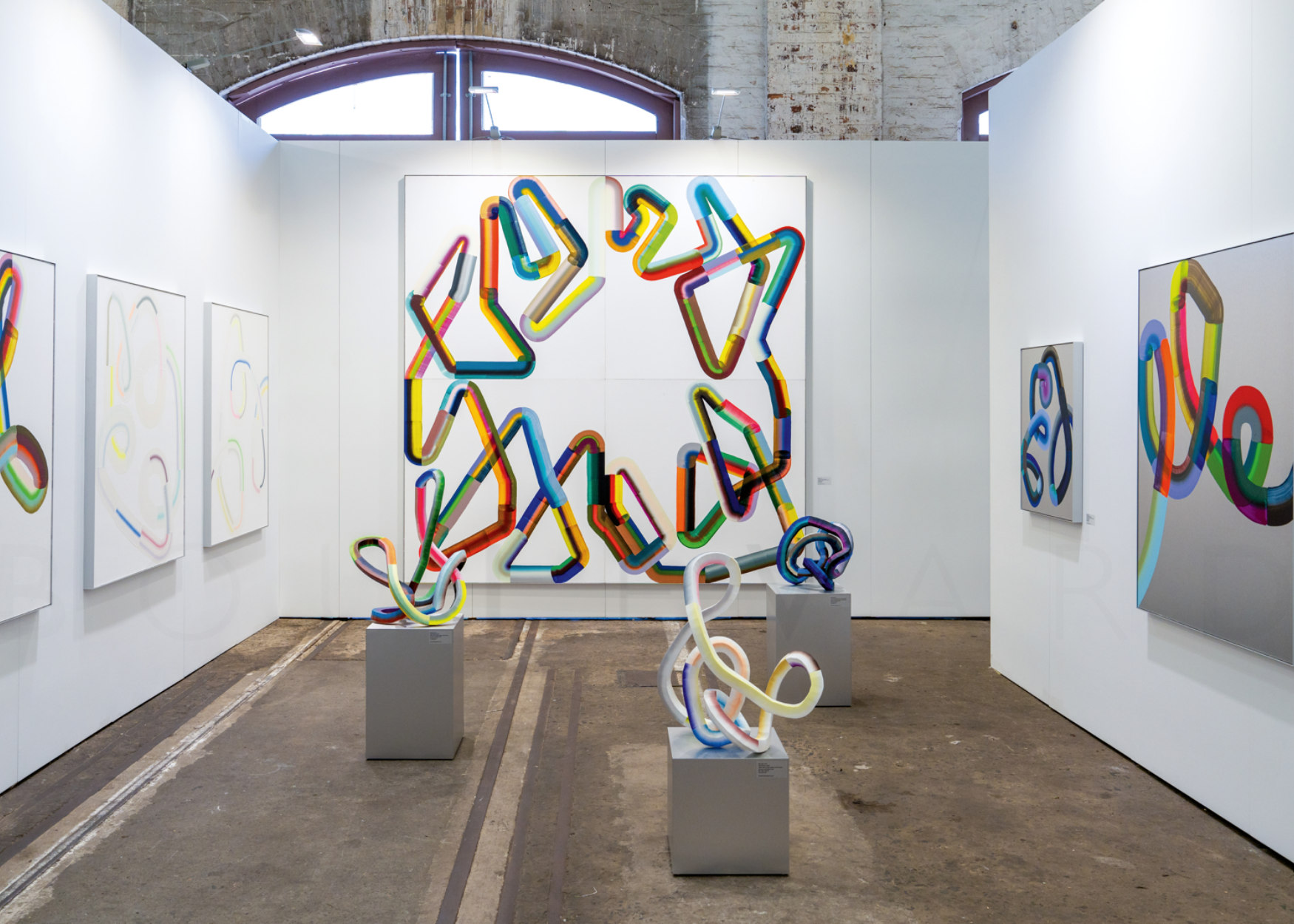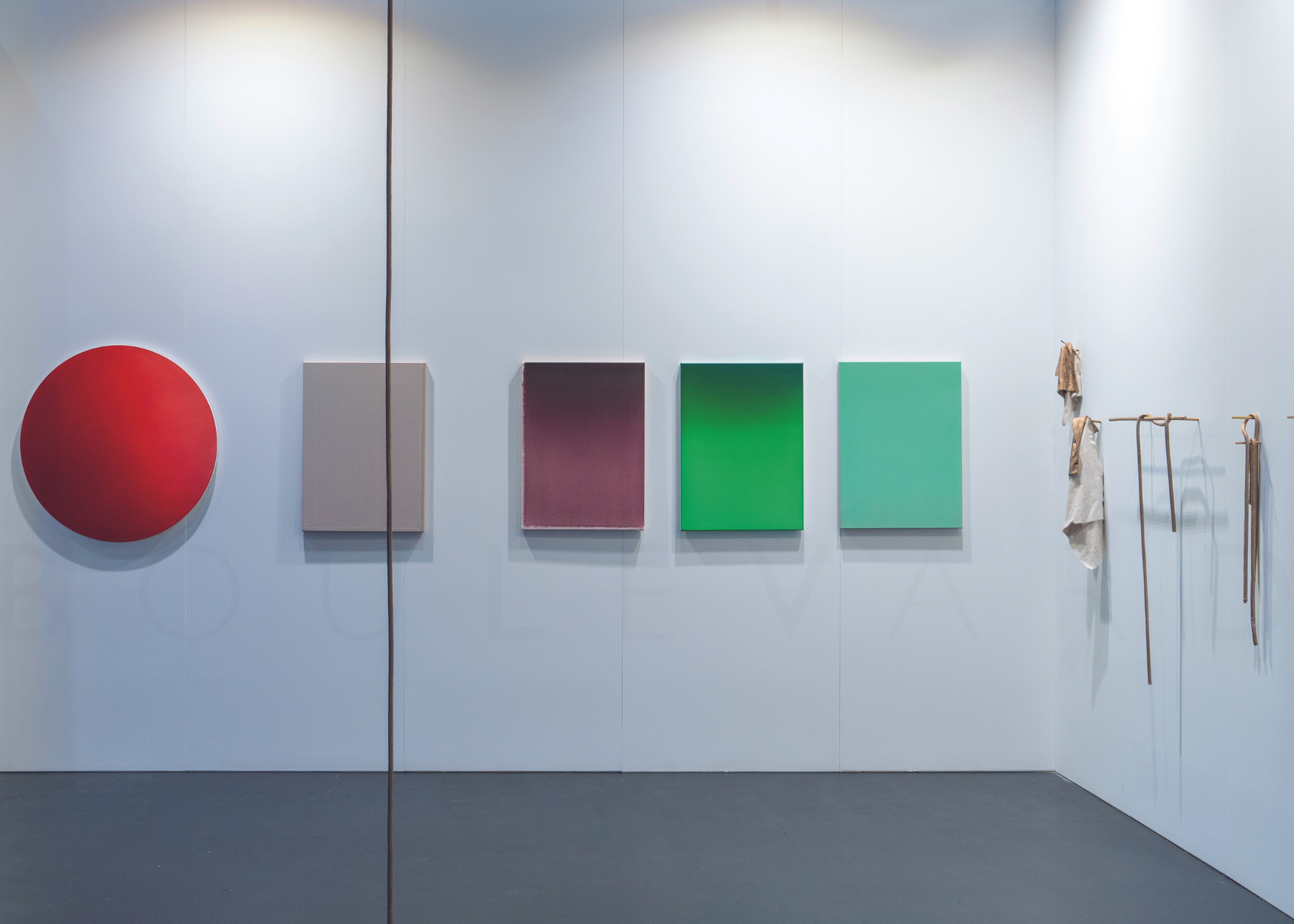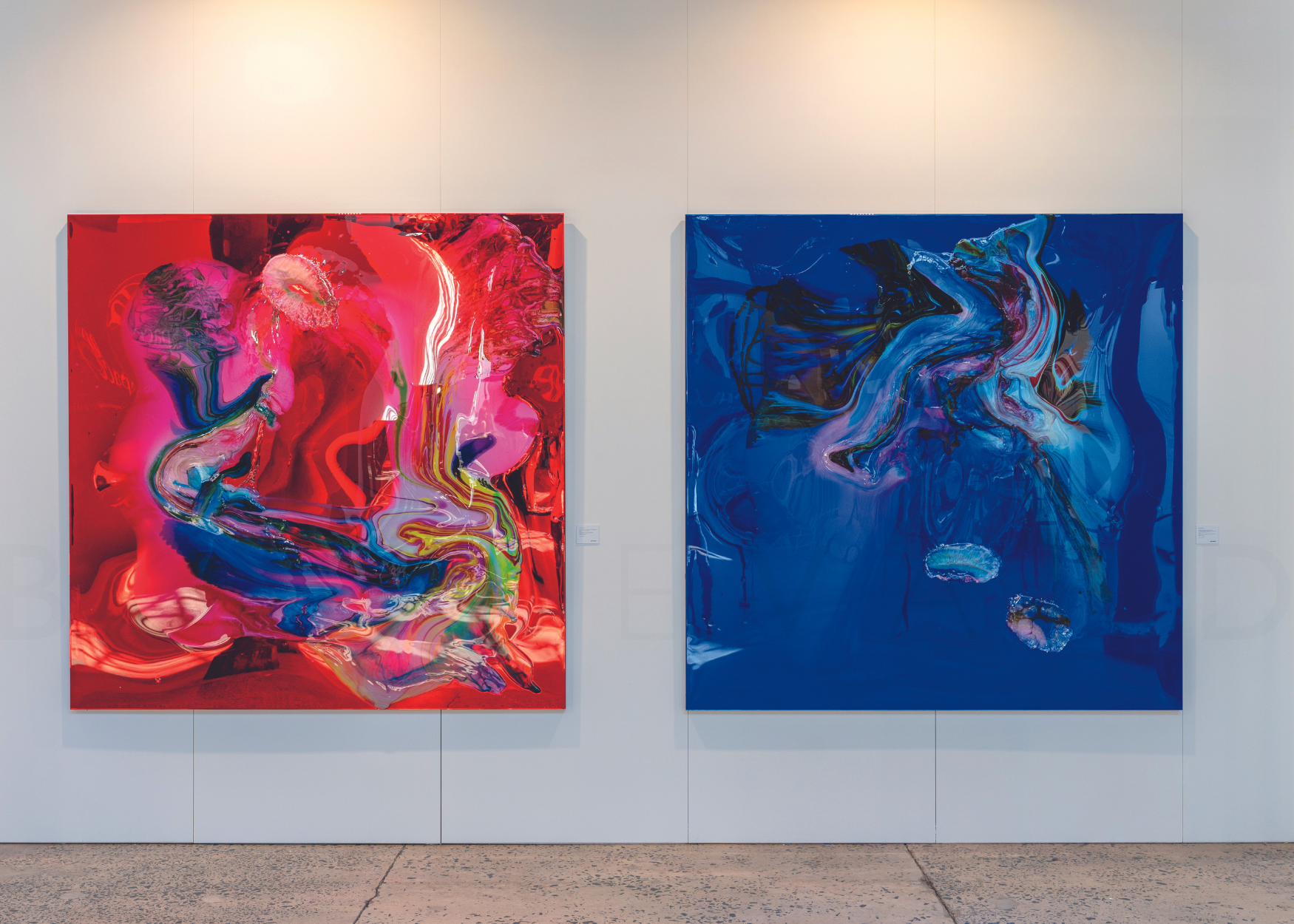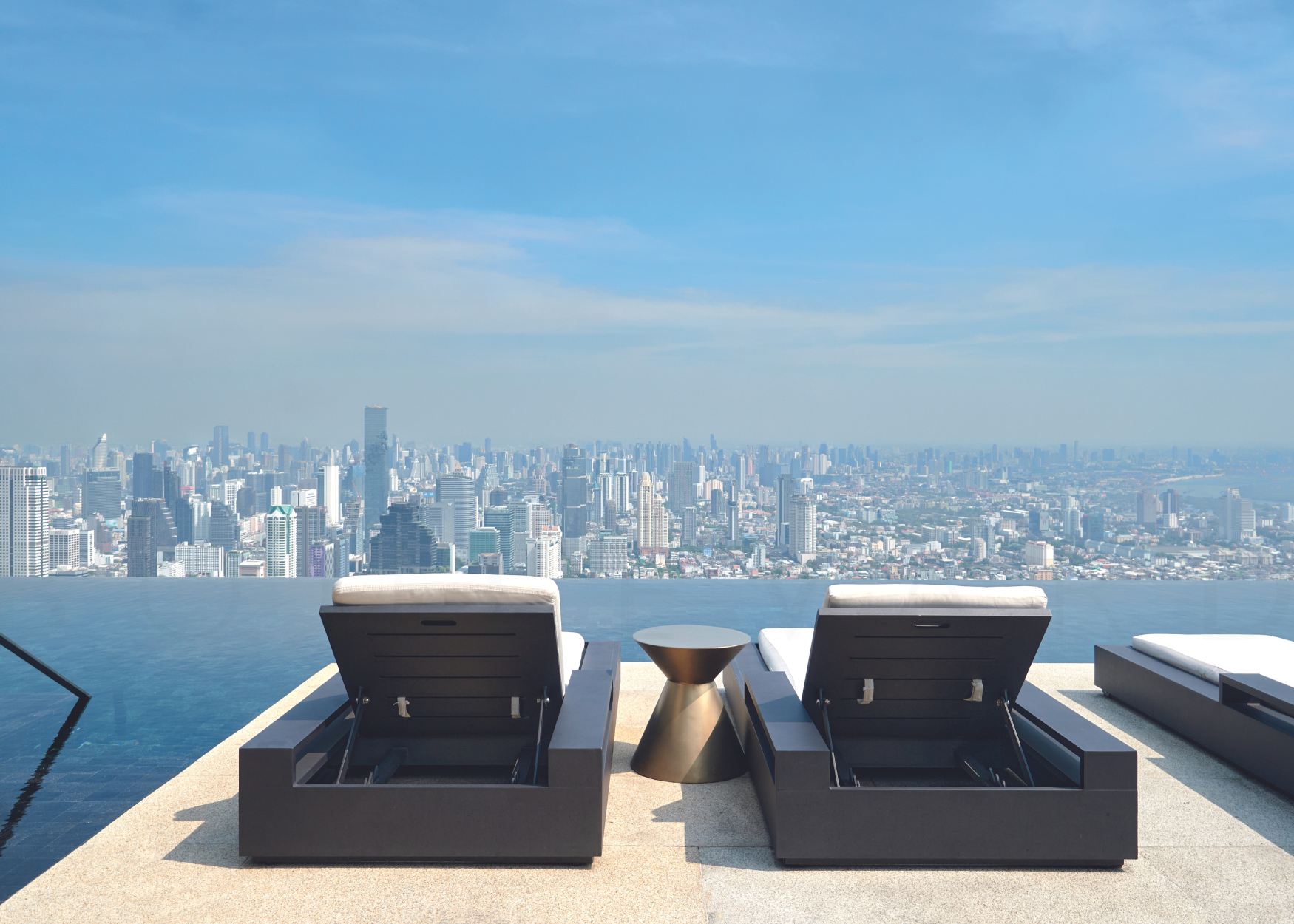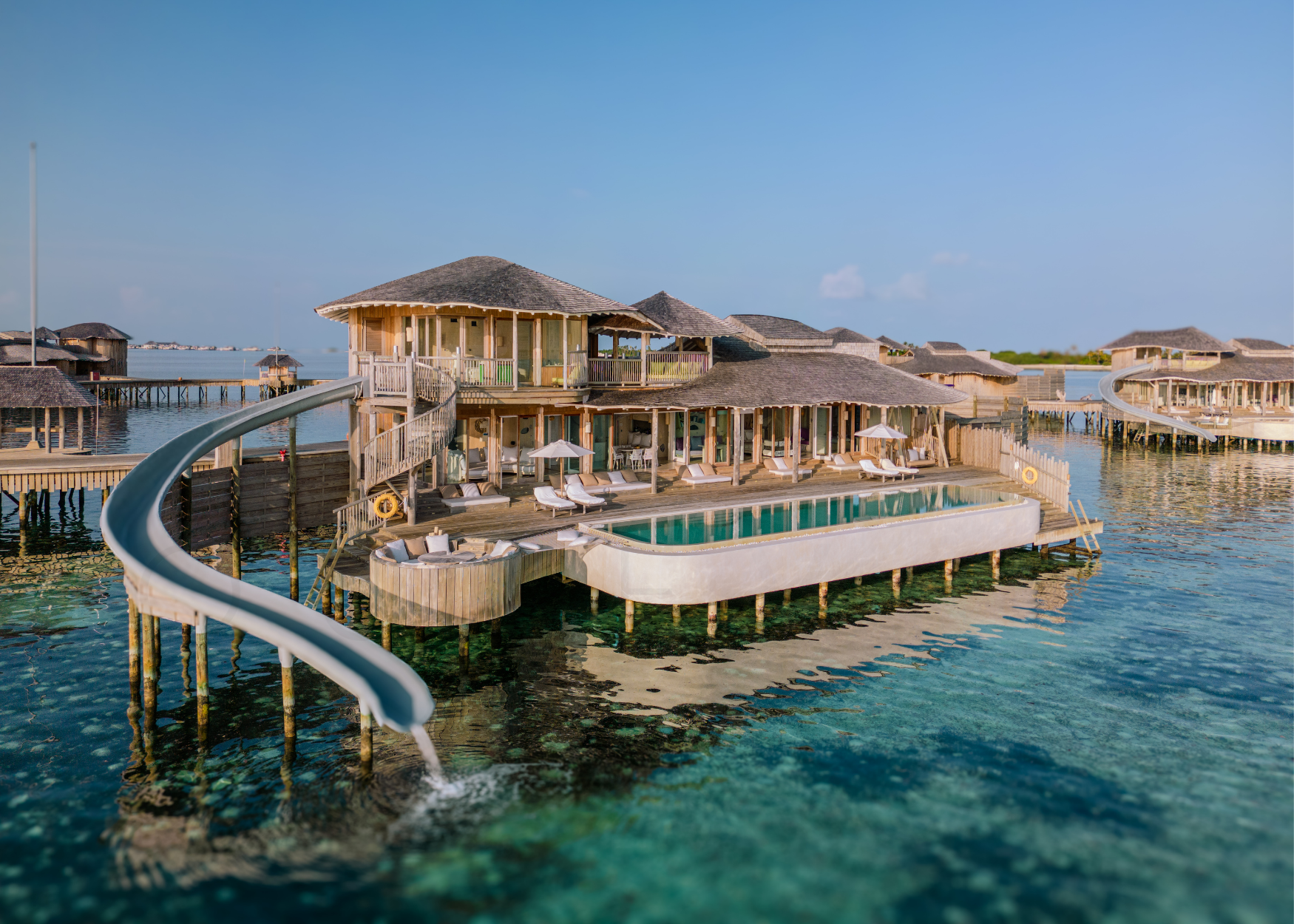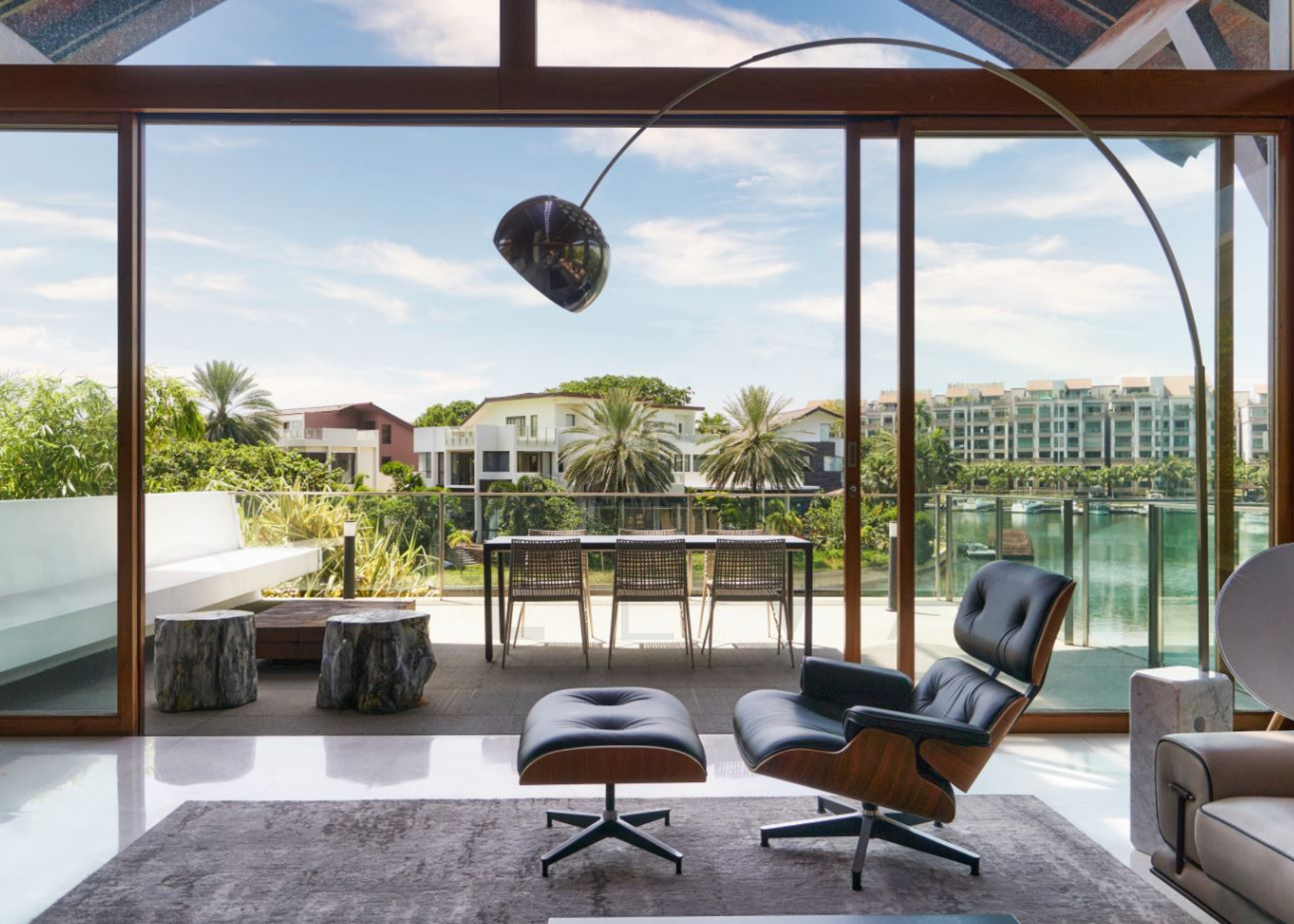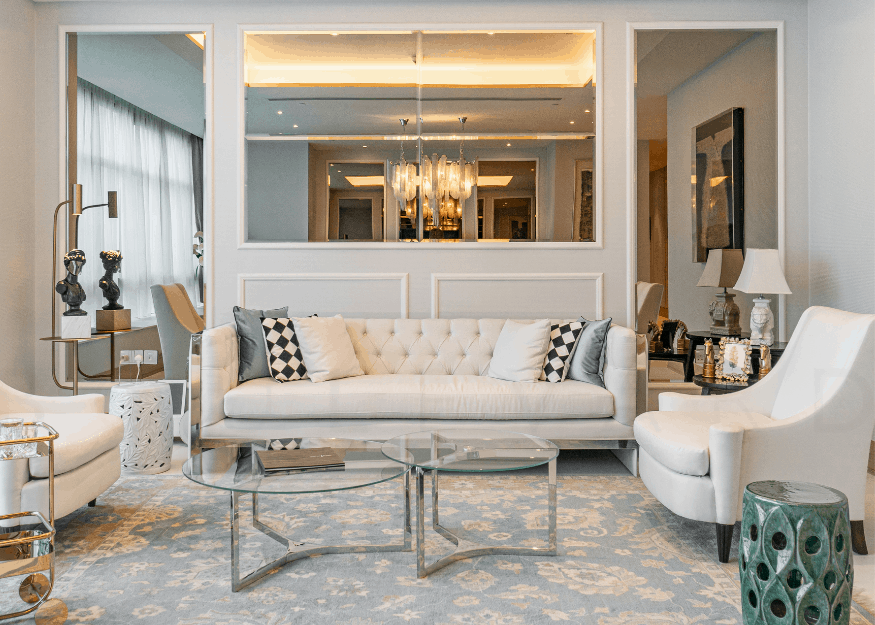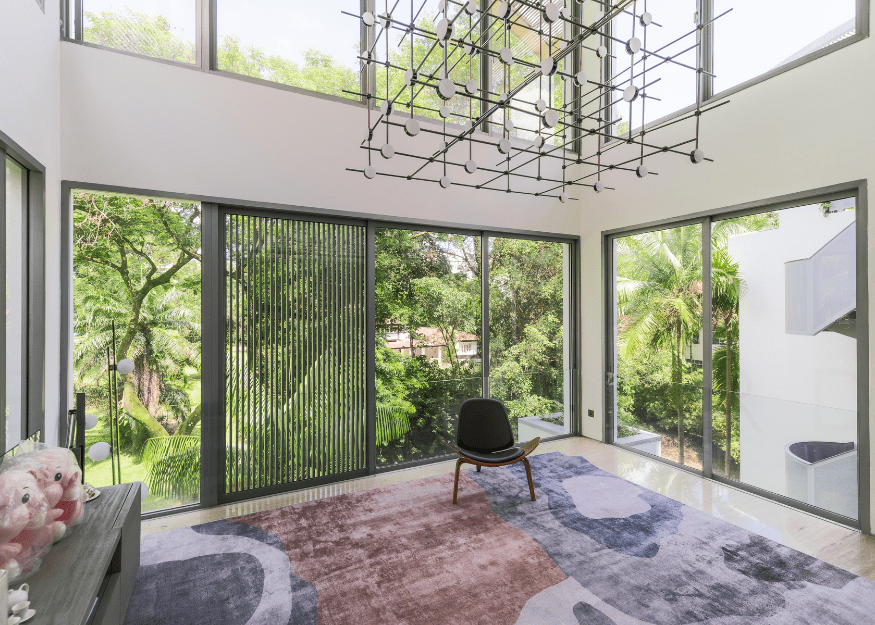Sydney Contemporary Art Fair
Now in its seventh consecutive year, the Sydney Contemporary Art Fair is a staple in the art calendar – and one of the biggest economic drivers in the Asia-Pacific art market.
By Elizabeth Reidy
Photography by Gabi Makdsi
Sydney contemporary art fair functions as an index of social and cultural art trends in Australia, New Zealand and Asia-Pacific. Held over four days at Sydney’s urban multi-arts epicentre, Carriageworks, in September, the fair presented a diverse survey of more than 60 commercial gallery stables. The annual fair feeds the art market by establishing an economic ecosystem for buyers at every price point on the spending bell curve. To achieve this ambitious task, Sydney Contemporary employs a multi-tier curatorial approach to ensure visitors can find artworks suited to their scale and price range.
The first tier is comprised of blue-chip commercial galleries and art centres. Sydney’s Roslyn Oxley9, Olsen Gallery, Curatorial & Co. and Michael Reid Galleries, Melbourne’s Arc One, Brisbane’s Jan Murphy Gallery, and Yavuz Gallery, Singapore and Tezukayama Gallery, Osaka, were just some of the incredible exhibitors presenting the works of well-known artists from Australia and beyond. International highlights included Galleria Continua’s showcase of a solo exhibition by acclaimed British sculptor, Sir Antony Gormley.
Gow Langsford Gallery, Auckland, exhibited large-scale glossy paintings by grunge Australian artist Dale Frank, sculptor Lisa Rolfe’s cast-bronze Chimpanzee Hands, and small-scale sculptural abstractions by Tony Cragg. James Makin Gallery showcased Sydney-based artist Belem Lett’s signature coloured pipe configurations in painting and sculptural forms.
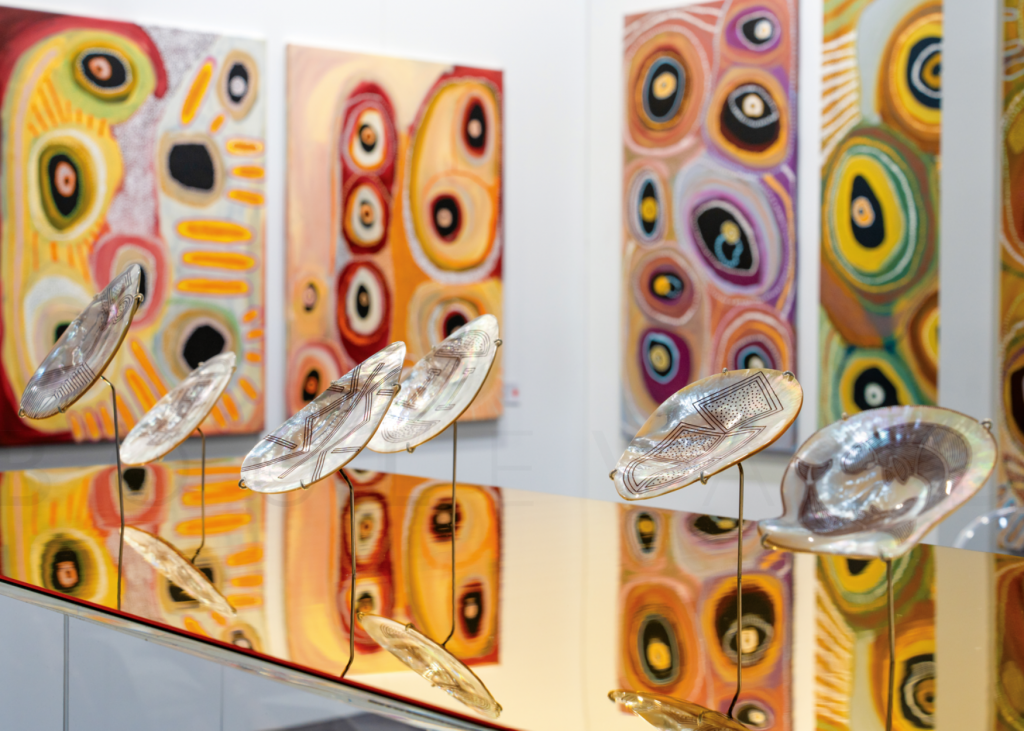
The commitment to an ethical art market was apparent in the notable involvement of the APY Art Centre Collective. APY is a formative Indigenous-owned and managed collective that operates remote art centres. The collective began 70 years ago in Ernabella, and implemented the best practice cultural protocols for trading Indigenous art. The APY Art Centre showcased vibrant, energising large-scale landscapes and dreaming paintings and sculptures by Aboriginal artists living on Country from across remote South Australia.
The second tier presented a specifically curated ‘Paper’ section with artworks priced at affordable
entry points for early career collectors. Krack Studio, Yogyakarta, Cicada Press, Sydney, and Print Council of Australia were a few of the well-known ‘paper’ collectors stalls selling unframed, limited-edition print works.
The third tier of the curatorial model was ‘Futures’, which offered a programme of galleries in their first five years of operation – often presenting the ‘so hot right now’ emerging artists for canny collectors to snap up works. Particular highlights included Void_Melbourne’s exhibition of Sydney-based colour field painter Nancy Constandelia’s exquisite Rothko-esque paintings, and contemporary sculptor Todd Robinson’s quirky, minimalist wall works, which make for a discrete and tasteful addition to any collection.
Alongside the exhibitions, a performance and conversation programme featured artist, collector, curator, writer and academic panels, as well as forums discussing an array of topics relating to the art market, collection development, investing in contemporary art and new modes of artistic production. Perhaps the most intriguing was an endurance piece by Wiradyuri performance artist and activist, Alama Groom. Groom performed her frustration with government by slowly binding herself in red tape before jumping through a hoop.
Sales from this year’s fair topped $21 million, making Sydney Contemporary one of the biggest economic drivers in the Asia-Pacific contemporary art market in 2023.

